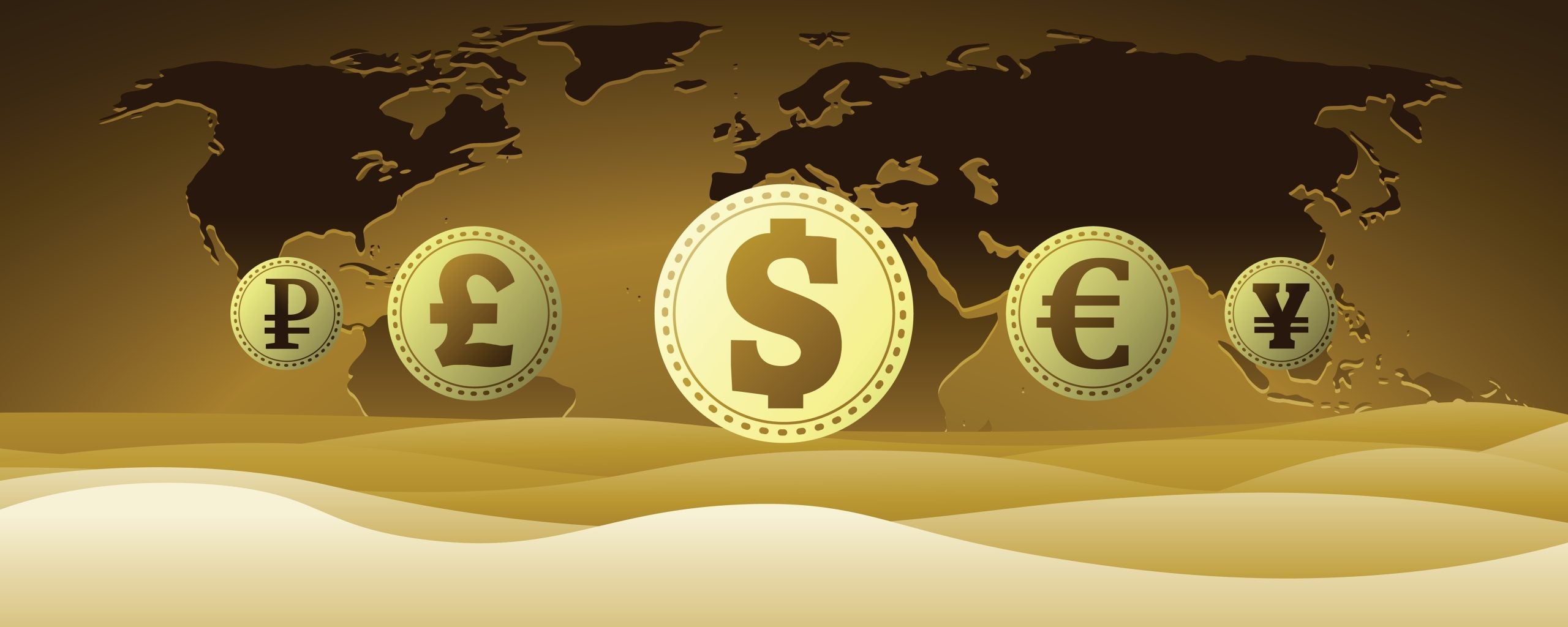The convenience of online shopping continues to attract more consumers, and the rise in cross-border payments will further transform e-commerce. Historically dominated by the US and Europe, the sector is now rapidly expanding in Asia and Latin America. Efficient cross-border transactions are set to revolutionise digital commerce.
Asia and Latin America are becoming increasingly influential in global e-commerce, displaying significant growth and technological advancements. Markets in these regions are driving this transformation, with e-commerce growth rates around 30%. This rapid expansion is due to the growing acceptance of e-commerce and mobile commerce in these regions.

US Tariffs are shifting - will you react or anticipate?
Don’t let policy changes catch you off guard. Stay proactive with real-time data and expert analysis.
By GlobalDataThe shift towards mobile-first shopping in these markets has further boosted e-commerce growth. High mobile usage, improved internet access, and efficient digital payment systems have made cross-border transactions smoother, encouraging international e-commerce participation.
In contrast, established markets like the US and Europe experience steady e-commerce growth, with annual increases of 7-12%. Despite advanced infrastructure, these regions’ growth rates lag behind Asia and Latin America’s rapid expansion. This disparity highlights the diverse nature of the global e-commerce landscape and the unique roles that both established and emerging markets play in the global ecosystem.
Explosive growth and future potential in emerging markets
Emerging markets are not just rapidly growing; they hold substantial potential for future expansion. The Bank of England predicts that the cross-border payments market could reach $250 trillion by 2027, highlighting enormous opportunities in these regions.
Latin America exemplifies this trend with its e-commerce market, valued at $295bn and growing at 30%. This growth reflects increasing digital connectivity and consumer purchasing power, driven by improved infrastructure and a growing middle class.
Asia is also experiencing remarkable growth. In Thailand, the e-commerce market is expected to grow from $35bn in 2022 to $53bn by 2025. Advancements in international payment methods are making cross-border transactions more accessible, fuelling this surge. Countries like Indonesia are leveraging technology to enhance their digital ecosystems, driving e-commerce and fintech growth.
These trends highlight the immense potential of these regions as prime markets for cross-border e-commerce. With evolving technology and the rise of online shopping, these regions will shape the global e-commerce landscape. To capitalise on these opportunities, businesses must understand these dynamic markets and customise their strategies accordingly, securing a strong foothold in digital commerce.
Strategies for high growth markets
To expand into high-growth markets such as Asia and Latin America, businesses must understand local landscapes and craft region-specific strategies. Aligning with local consumer behaviours is crucial for success.
In Asia, there’s a preference for mobile-first shopping experiences. Businesses should focus on mobile-optimised e-commerce platforms integrated with cross-border payment solutions. This approach leverages high mobile penetration rates and advanced digital ecosystems in many Asian countries. Offering localised content and user interfaces can enhance user experience and engagement.
In Latin America, integrating secure digital payment solutions is key. As digital connectivity improves and economic stability strengthens, consumers are more comfortable with online transactions. Partnering with local payment providers and offering multiple payment options builds trust and convenience.
Understanding local payment preferences is essential. In Thailand for example, alternative payment methods like PromptPay and e-wallets such as TrueMoney Wallet and Line Pay are popular. Businesses should integrate these methods for seamless transactions. In Latin America, where cash remains a preferred transaction method, hybrid payment models that include digital and cash options can accommodate diverse customer needs. Educating consumers about digital payment security and benefits can foster acceptance and usage.
Future of cross-border e-commerce
The future of cross-border e-commerce is shaped by technological advancements, changing e-commerce penetration rates, and evolving international payment methods. Technological progress has enabled seamless shopping across borders, with 57% of e-commerce shoppers making international purchases in the past year. This shift, fuelled by the pandemic, has increased consumers’ willingness to engage in cross-border transactions by 43%.
A country like South Korea, projected to have an e-commerce market worth $242bn by 2025, will benefit from this trend through mobile shopping and advanced payment technologies. Markets like Indonesia, despite lower penetration rates, present significant growth potential through tailored solutions and improved payment platforms.
Increased adoption of online retail brings opportunities and competition within the cross-border e-commerce space. By understanding and catering to regional nuances, businesses can effectively navigate high-growth markets and capitalise on vast opportunities. With only 20% of retail spending happening online in 2022, according to eMarketer, there is considerable scope for expansion in the sector.
As digital commerce continues to evolve, the focus will increasingly shift towards harnessing the untapped potential of emerging markets. The growth trajectory in Asia and Latin America is not merely a trend but a testament to global economic change. For businesses looking to expand their horizons, these regions offer a gateway to new consumer bases, innovative practices, and the chance to be part of the dynamic future of e-commerce. At Worldline we’ve identified this shift years ago and have studied these markets and built relationships with the local banking and payment ecosystems. We expect this trend is not slowing down are helping customers to expand globally or operate there more efficiently.

Guillaume Tournand is VP of Growth at Worldline Merchant Services










